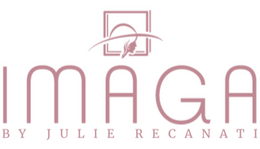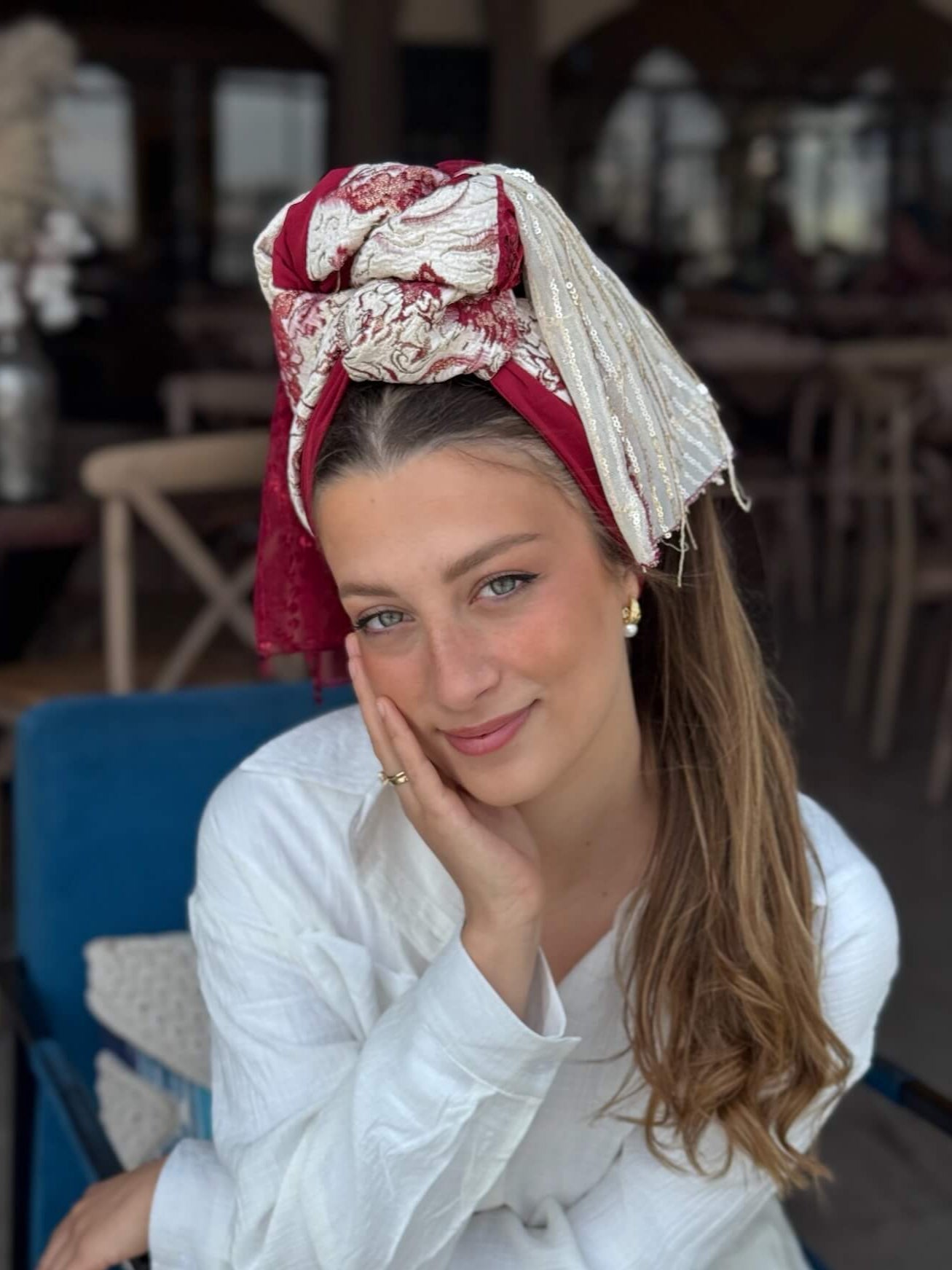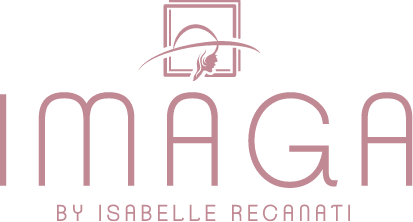For generations, the Jewish headscarf has been more than just a garment. It is a symbol of modesty, faith, and identity. Whether worn for religious observance, cultural pride, or personal style, the Jewish headscarf carries deep meaning and evolving expression. Today, Jewish women around the world continue to reinterpret this timeless tradition in beautiful, modern ways. This article takes you on a journey—from its ancient roots to its place in contemporary life—exploring the elegance, diversity, and personal significance of this beloved head covering.
A Tradition Woven Through Time
The tradition of wearing a Jewish headscarf can be traced back to Biblical times. Jewish law, particularly in Orthodox communities, emphasizes the importance of modesty (tzniut), including a woman's responsibility to cover her hair after marriage. But beyond the halachic requirement lies a rich cultural heritage: in Eastern Europe, North Africa, and the Middle East, women wore scarves not only out of obligation but as an integral part of their identity. Whether it was the patterned kerchiefs of Ashkenazi grandmothers or the vibrant wraps of Sephardic matriarchs, each community developed its own unique interpretation of the Jewish headscarf.
Styles, Meanings, and Diversity
There is no single way to wear a Jewish headscarf. In fact, one of its most beautiful qualities is its adaptability. From the traditional tichel to the elegantly wrapped mitpachat, the styles vary in wrapping techniques, volume, colors, and layering.
Some women choose a minimal style—one layer, tied at the nape of the neck—for simplicity and comfort. Others prefer elaborate wraps with braids, knots, or height to make a statement. The scarf can be matched to an outfit, coordinated with a holiday, or used to express a mood. In modern times, many women use accessories like pins, sashes, and headbands to add flair, while still honoring the spirit of modesty.
No matter the variation, the essence remains the same: the Jewish headscarf is a fusion of devotion, beauty, and self-respect.
A Modern Interpretation of Faith and Fashion
Today’s Jewish woman lives in a world of complexity—balancing tradition with modernity, personal expression with communal values. And in this landscape, the Jewish headscarf has taken on new life. Women are reclaiming it not just as a religious symbol, but as a style statement.
Social media and headwrap communities have made it easier than ever to learn different wrapping styles and share inspiration. From everyday casual to wedding-day elegance, women are showcasing how the headscarf can be part of any moment in life. It’s not uncommon to see a mother tying her tichel before carpool, or a professional woman choosing a neat headwrap for a polished office look.
What’s truly remarkable is that the Jewish headscarf has become a canvas—where faith and fashion meet, where heritage and individuality coexist.
Why Women Keep Choosing the Jewish Headscarf
Every woman carries her own story beneath her headscarf. For some, it’s the gentle echo of mothers and grandmothers who wrapped their hair in faith, dignity, and grace. For others, it’s a personal choice made in the midst of a fast-paced, modern world—a quiet way to hold on to values that feel grounding, sacred, and deeply personal. And for many, it’s something more layered than any single reason, something that lives at the intersection of tradition and self-expression
Wearing a Jewish headscarf isn’t about following a trend. It’s about stepping into something meaningful. It can awaken a sense of identity, of purpose, of belonging. It becomes a visible connection to the women who came before and the values that continue to shape life today. It serves as a reminder—not just to the world, but to the woman herself—of what she holds dear and how she chooses to carry it
And at the same time, it allows for beauty. Quiet beauty. Confident beauty. The kind that doesn’t need to shout or prove anything, but simply flows with ease and authenticity. A Jewish headscarf gives space to feel elegant without compromise, to feel strong without losing softness, to express without stepping outside the bounds of modesty
While fashion constantly reinvents itself, this practice remains steady. It may change in color or shape, style or fabric, but the heart of it doesn’t waver. Because for the women who wear it, the headscarf isn’t a costume or accessory—it’s a part of life. A reflection of inner strength, quiet faith, and a path chosen not by force, but by love.
Tips for Choosing the Right Jewish Headscarf
When selecting a headscarf, the goal is to find one that reflects your personality, fits your routine, and makes you feel your best.
-
Fabric matters: Choose breathable fabrics like cotton or viscose for daily use, and satin or silk for more formal settings.
-
Comfort is key: If it slips or pinches, you won’t enjoy wearing it. Look for scarves with built-in grip or try adding a velvet headband underneath.
-
Color and style: Let your scarf complement your wardrobe or stand out as a statement. Earth tones are classic, but don’t shy away from rich blues, soft pastels, or bold patterns.
-
Occasion appropriate: A simple wrap for errands, a layered look for holidays, or a touch of sparkle for a celebration.
Ultimately, your Jewish headscarf should feel like an extension of you—both spiritually and aesthetically.
Curious About Jewish Headscarves? You're Not Alone
Many women wonder—does a Jewish headscarf belong only to married women? Traditionally, yes, especially within Orthodox communities, it's worn as a sign of marital status and modesty. But today, it’s also embraced by unmarried women who find meaning, comfort, or cultural identity in the practice.
Another common question is whether a headscarf can truly be both modest and fashionable. And the answer is a clear yes. Modesty isn’t about hiding beauty—it’s about expressing it with dignity and intention. With the right wrap, fabric, and color, a headscarf can elevate your entire look while staying true to your values.
And what if you’ve never wrapped one before? That’s okay. There are countless tutorials online, but some of the best lessons come from watching others around you—sisters, mothers, friends. Each woman finds her own rhythm and style. It’s a process of play, discovery, and expression.
As for wearing headscarves in professional or formal spaces, more and more women are doing just that—and doing it confidently. A well-chosen, elegant headscarf can complement your work attire or formal outfit beautifully. It’s not just accepted—it’s respected.
Conclusion: A Crown of Heritage and Grace
The Jewish headscarf is not just a tradition—it’s a conversation between generations, a whisper of prayers, a symbol of strength. It represents modesty, femininity, and continuity in a world that often moves too fast. But beyond all that, it’s also a celebration of choice: the freedom to live by your values and to express them outwardly with pride and grace.
Whether you wear one every day or only on special occasions, the headscarf tells a story—of where you come from, who you are, and who you aspire to be. And that, in itself, is deeply beautiful.
Why Imaga Is the Perfect Place to Find Your Jewish Headscarf
At Imaga, we believe that every woman deserves to feel confident, comfortable, and seen. Our collection of Jewish headscarves is thoughtfully designed for women who honor tradition and embrace style. With soft, breathable fabrics, refined details, and timeless colors, our scarves are made to enhance your daily routine, your special moments, and everything in between. Whether you're looking for a classic tichel, a modern wrap, or something in between, Imaga offers elegant headwear that speaks to who you are. Discover your perfect piece today—and wear it with pride.
Let your headscarf be more than just something you wear—let it be a part of who you are.
Browse our collection at Imaga and find the piece that feels like it was made just for you. Whether it’s for every day, for celebration, or for those quiet, meaningful moments, your perfect headscarf is waiting. Step into tradition with beauty, comfort, and confidence—only at Imaga.


